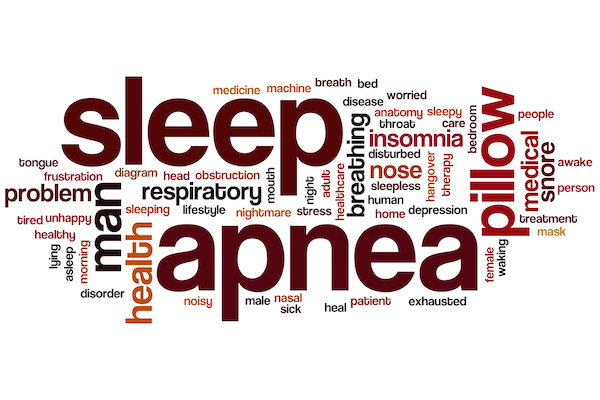TUESDAY, Dec. 22, 2015 (HealthDay News) — In a study of 16 night-shift workers, more than one-third were involved in near crashes while participating in a test drive after work, researchers report.
The same drivers experienced zero near-crashes after sleeping sufficient amounts the night before the same test drive, according to the study, published online Dec. 21 in the Proceedings of the National Academy of Sciences.
“What is unique about this study is that it (was) done in daytime” and there was a “stupendously increased risk of these near-crash events,” said study author Dr. Charles Czeisler, chief of the division of sleep and circadian disorders at Brigham and Women’s Hospital in Boston.
“It reveals just how dangerous it is to drive home after working all night,” added Czeisler, also a professor of sleep medicine at Harvard Medical School in Boston. “It also shows that these very same people, if they slept the previous night, don’t have any of these incidents, so it’s not that they’re inherently dangerous drivers.”
More than 9.5 million Americans — or 15 percent of the workforce — work overnight or rotating shifts, according to the study. Meanwhile, drowsy drivers were involved in more than one in five fatal crashes and 13 percent of crashes causing severe injury between 2009 and 2013.
The new research is thought to be the first assessing the impact of night-shift work on driving in real-time conditions instead of driving simulators.
Czeisler and his colleagues studied 16 night-shift workers who completed a pair of two-hour driving sessions on a closed driving track. Before one of the driving sessions, participants slept an average of 7.6 hours the previous night and did not work the night shift. Before the other driving session, the same participants worked the night shift.
Both driving sessions took place at about the same time of day, during which physiological measures of drowsiness were collected, such as partial eyelid closures with slow eye movements indicative of the transition from wakefulness to sleep. Additionally, brief micro-sleep episodes were measured on each participant using an electroencephalogram to record brain activity.
Among other results, the researchers found:
- 37.5 percent of night-shift workers used emergency braking maneuvers during their test drive after working all night;
- Nearly half of the test drives after the night shift were terminated early because participants failed to maintain control of the vehicle;
- Sleep-related impairment was evident after the night shift within the first 15 minutes of driving.
“The impairment is similar to being legally drunk,” Czeisler said. “Another issue is the longer the drive, the greater the risk. It gets more and more hazardous as the duration of the drive continues.”
Dr. Nitun Verma, spokesperson for the American Academy of Sleep Medicine, said the number of near-accidents experienced by night-shift workers in the study was about double the amount he would have expected.
“This type of research is really important because we have two pillars of health right now: diet and exercise,” said Verma, also chief medical officer of PeerWell, a San Francisco-based chronic disease treatment company. “It’s reaffirming there’s a third pillar of health, which is sleep.”
Czeisler recommended that night-shift workers find alternate forms of transportation after working an overnight shift instead of driving themselves home.
“Taking public transportation when they finish the night shift, or another form of transportation, so they’re not putting others at risk, is something every night-shift worker should consider,” he said.
“Companies [employing night-shift workers] can provide transportation home for their workers,” he added. “I don’t think companies want to be responsible for the kind of hazards that occur when employees are attempting to drive home in this state.”
More information
The National Sleep Foundation offers more facts about drowsy driving.
Copyright © 2025 HealthDay. All rights reserved.

